SUNNYVALE, CA—April 15, 2009—Maxim Integrated Products (NASDAQ: MXIM) introduces the MAXQ1850, a high-performance 32-bit RISC microcontroller for the financial terminal market. The MAXQ1850 integrates security supervisory features, advanced encryption acceleration, and 8KB of nonvolatile memory (NV SRAM) around a 32-bit MAXQ? microcontroller core. The microcontroller also has the lowest pin count and smallest footprint available for applications that require a high level of physical and logical security. It provides an excellent cost point for use as a coprocessor in complex point-of-sale terminals or as the main microcontroller in encrypting PIN pad applications. The MAXQ1850 is also ideal for government applications and digital rights management.
The MAXQ1850's security mechanisms protect against both logical and physical attacks: encryption engines are resistant to side-channel attacks and cryptanalysis; environmental sensors protect against physical manipulation; and secure tamper triggers offer many options for application-specific tamper-detection circuits. Most important for secret key protection is the MAXQ1850's custom-designed, battery-backed nonvolatile NV SRAM—the best kind of memory for secret storage because it can be erased quickly in reaction to tampering.
Secure Microcontroller Has Lowest Pin Count and Smallest Footprint
MAXQ1850 pdf datasheet (Secure Cryptographic Controller)?
The MAXQ1850's combination of NV SRAM for secret storage, tamper-detection technology, and hardware encryption accelerators make it the best choice for financial terminal applications and any other application requiring security certifications such as PCI, FIPS 140-2, or Common Criteria.
Financial Application Challenge: Maintain High Security in Smaller Enclosures
Financial terminals are shrinking with each new development, necessitating that designers continue to reduce the footprint of the embedded silicon inside them. However, no matter how small (or low cost) these terminals become, they must still deliver a very high level of security.
Many of the low-end PIN pads or encrypting PIN pads (EPPs) in financial terminals have simple functions: reading card or PIN data, encrypting it, and sending it over a dedicated communication interface such as USB or RS-232. Yet, all of the secure microcontrollers on the market today are over-featured: they support high-end operating systems, require large external memories, and have bulky, expensive packages.
The MAXQ1850 is optimized for use as a system microcontroller in simpler financial terminals, or as a secure coprocessor in complex point-of-sale (POS) terminals. It is the only high-security microcontroller that does not feature an external memory bus, so it has an extremely low pin count. Maxim offers the device in compact 6mm x 6mm, 40-pin TQFN and 7mm x 7mm, 49-ball CSBGA* packages. Competitive devices often have over 200 pins and footprints as large as 17mm x 17mm. The MAXQ1850 thus drastically reduces the amount of board space required for the system microcontroller for applications that need 256KB of flash and 8KB of secure NV SRAM.
The MAXQ1850 also provides greater flexibility when used as a secure coprocessor in higher-end financial terminals. By executing all necessary security functions and key management, the microcontroller maintains the security of the financial terminal without having to send the keys from one IC to another. Additionally, it allows designers to build the security architecture around the MAXQ1850, while the main processor uses the latest high-end microcontroller on an aggressive technology node that does not support the same security level as the MAXQ1850.
Finally, the device's small package enhances security. Small components allow for smaller security modules inside smaller terminals, making it more difficult for attackers to open and manipulate the terminal.
Financial Application Challenge: Operate at Low Power and on High Alert
A financial application needs to maintain its secret keys even when it does not have power. It cannot, moreover, stop protecting those keys just because someone unplugs it. This means that financial applications must support low-power modes, which can run for long periods of time under battery power, without sacrificing extremely high levels of security monitoring and tamper reactivity.
Consider a financial terminal that is implemented without components designed for secure applications. There would be a small SRAM, a real-time clock, and at least one microcontroller to monitor the security circuitry. A low-power microcontroller might consume 1μA while in stop mode, but it will need to wake up about twice a second to take measurements. It will check connections for opens and shorts and possibly monitor other sensors (such as a light or motion sensor). Assume that this microcontroller needs to run for 10ms, consuming 1mA during this active time. This makes the average current consumption:
(2 × 10ms × 1mA) + (980ms × 1μA) = 21μA
At 21μA, a 250mAh battery will last about 1.4 years, far too short for a device expected to last five or more years. A bigger battery can be used, but would be much more expensive. Consider too that this 21μA power consumption does not include the additional current consumption from the SRAM or real-time clock.
The MAXQ1850 improves this power situation by integrating all of its functions into one chip: NV SRAM for key storage, a real-time clock, and circuitry to detect tamper events. These circuits are designed to be lean in battery-backed mode—a low-power ring oscillator clocks the circuitry that monitors security, and the SRAM is custom designed to require minimal current to maintain its state. The resulting MAXQ1850 device provides complete security functions with a worst-case +85°C battery leakage of 2.5μA. Using the original example of a 250mAh battery, this translates to 11.4 years of life. Considering its typical battery leakage of 460nA, the MAXQ1850 will yield well over 20 years of life with a smaller, less expensive 125mAh battery.
Financial Application Challenge: Stay Ahead of the Curve
Hardware encryption accelerators allow applications to communicate securely and efficiently without consuming too many CPU resources. However, as time passes, new encryption algorithms are required to meet the latest standards and provide a higher level of security.
The MAXQ1850 is the first physically secure microcontroller on the market to provide fast, efficient hardware support for the Advanced Encryption Standard (AES) as described in FIPS 197.
AES was developed to be a higher security, computationally efficient replacement for the older DES and 3DES encryption algorithms. While DES and 3DES are still widely used in the financial terminal industry, more and more applications are starting to use AES to protect their data.
Delivering the most advanced encryption, the MAXQ1850 integrates a high-performance AES encryption accelerator. The hardware AES accelerator needs less than 200 cycles to execute an encryption or decryption operation in all configurations. In addition, the AES engine is tied to the MAXQ1850's internal high-speed, secure oscillator, which operates at 65MHz. This means that an AES encryption or decryption, with any key length, will complete in less than 3.1μs. Also, since the algorithm is implemented in hardware and not software, < 100 bytes of instruction code are required to load and execute the hardware engine. A software implementation, however, would require kilobytes of code and RAM space and would take milliseconds to execute.
The MAXQ1850 has hardware acceleration support for several other advanced encryption algorithms, including the Secure Hash Algorithm (SHA-1, SHA-224, SHA-256), DES, 3DES, RSA (up to 2048-bit keys), DSA, and Elliptic Curve DSA (ECDSA).
MAXQ1850 Provides the Best System Security
Like Maxim's other security microcontrollers, the MAXQ1850 is optimized for applications that demand the highest levels of security. It meets the demanding security and performance specifications of today's financial terminal industry by providing vigilant tamper detection with extremely low power consumption and by executing high-speed hardware encryption accelerators. It is also the smallest secure device available on the market.
The MAXQ1850 is available in 6mm x 6mm, 40-pin TQFN and a 7mm x 7mm, 49-ball CSBGA* packages. It operates over the 0°C to +70°C commercial temperature range. A version that operates over the -40°C to +85°C industrial temperature range will follow in a few months. Evaluation kits and software libraries are available to help move quickly from concept to prototype to finished product. Prices start at $6.00 (1000-up, FOB USA). For more information please visit: www.maxim-ic.com/MAXQ1850-Micro.
 電子發燒友App
電子發燒友App












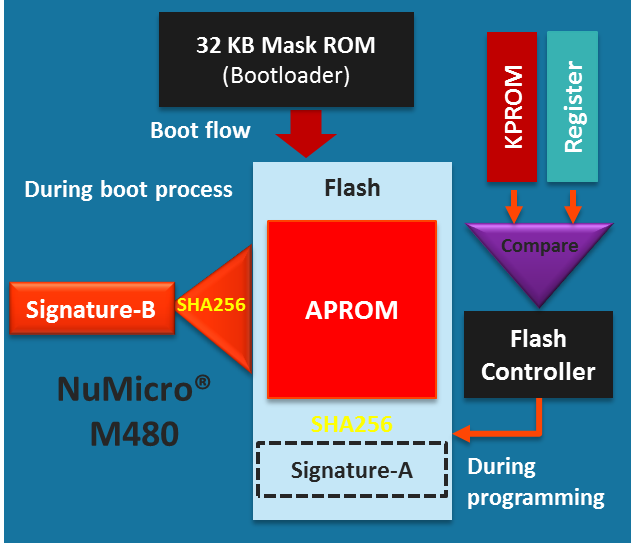
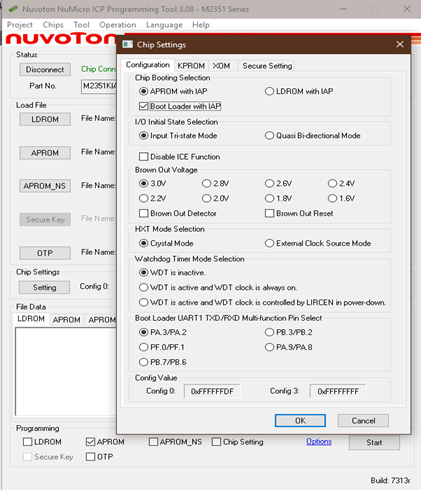

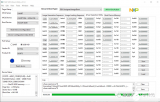
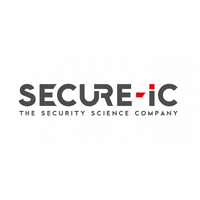
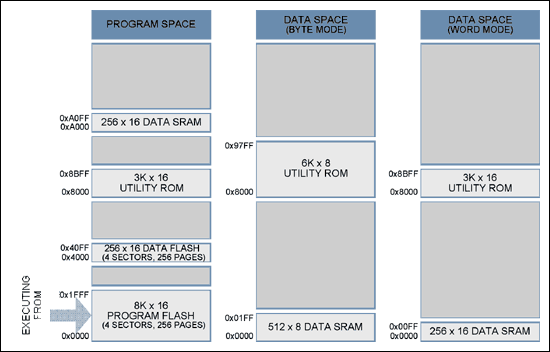
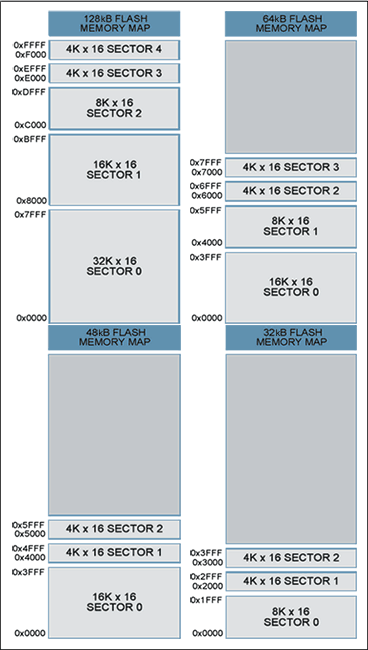
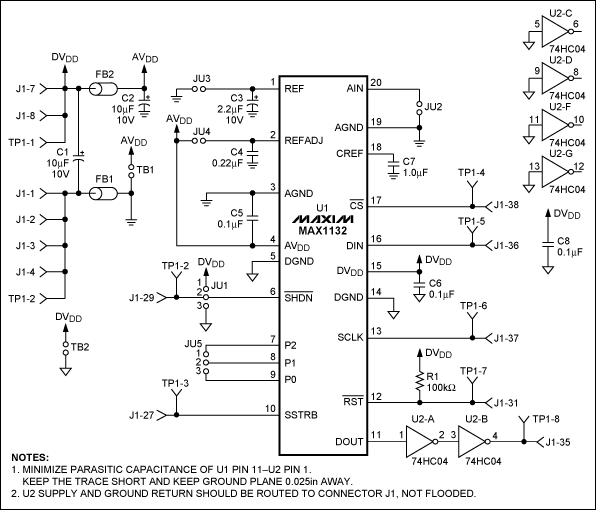
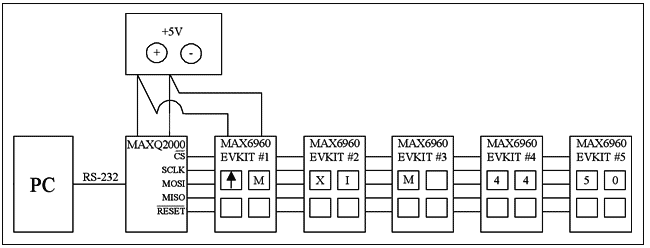










評論